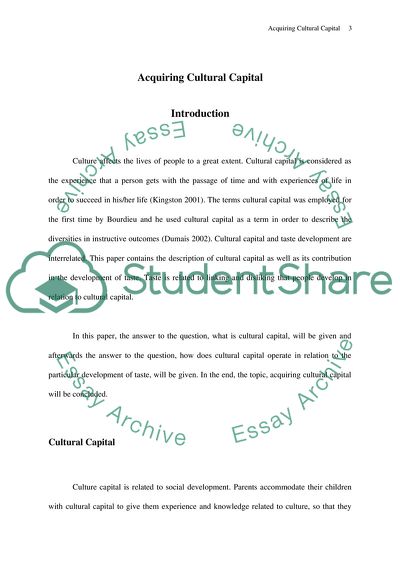Cite this document
(Acquiring Cultural Capital Case Study Example | Topics and Well Written Essays - 2000 words, n.d.)
Acquiring Cultural Capital Case Study Example | Topics and Well Written Essays - 2000 words. Retrieved from https://studentshare.org/culture/1717230-acquiring-cultural-capital
Acquiring Cultural Capital Case Study Example | Topics and Well Written Essays - 2000 words. Retrieved from https://studentshare.org/culture/1717230-acquiring-cultural-capital
(Acquiring Cultural Capital Case Study Example | Topics and Well Written Essays - 2000 Words)
Acquiring Cultural Capital Case Study Example | Topics and Well Written Essays - 2000 Words. https://studentshare.org/culture/1717230-acquiring-cultural-capital.
Acquiring Cultural Capital Case Study Example | Topics and Well Written Essays - 2000 Words. https://studentshare.org/culture/1717230-acquiring-cultural-capital.
“Acquiring Cultural Capital Case Study Example | Topics and Well Written Essays - 2000 Words”. https://studentshare.org/culture/1717230-acquiring-cultural-capital.


